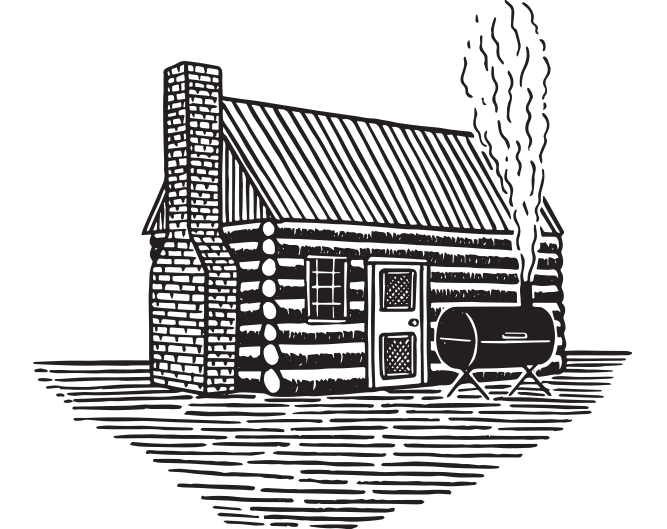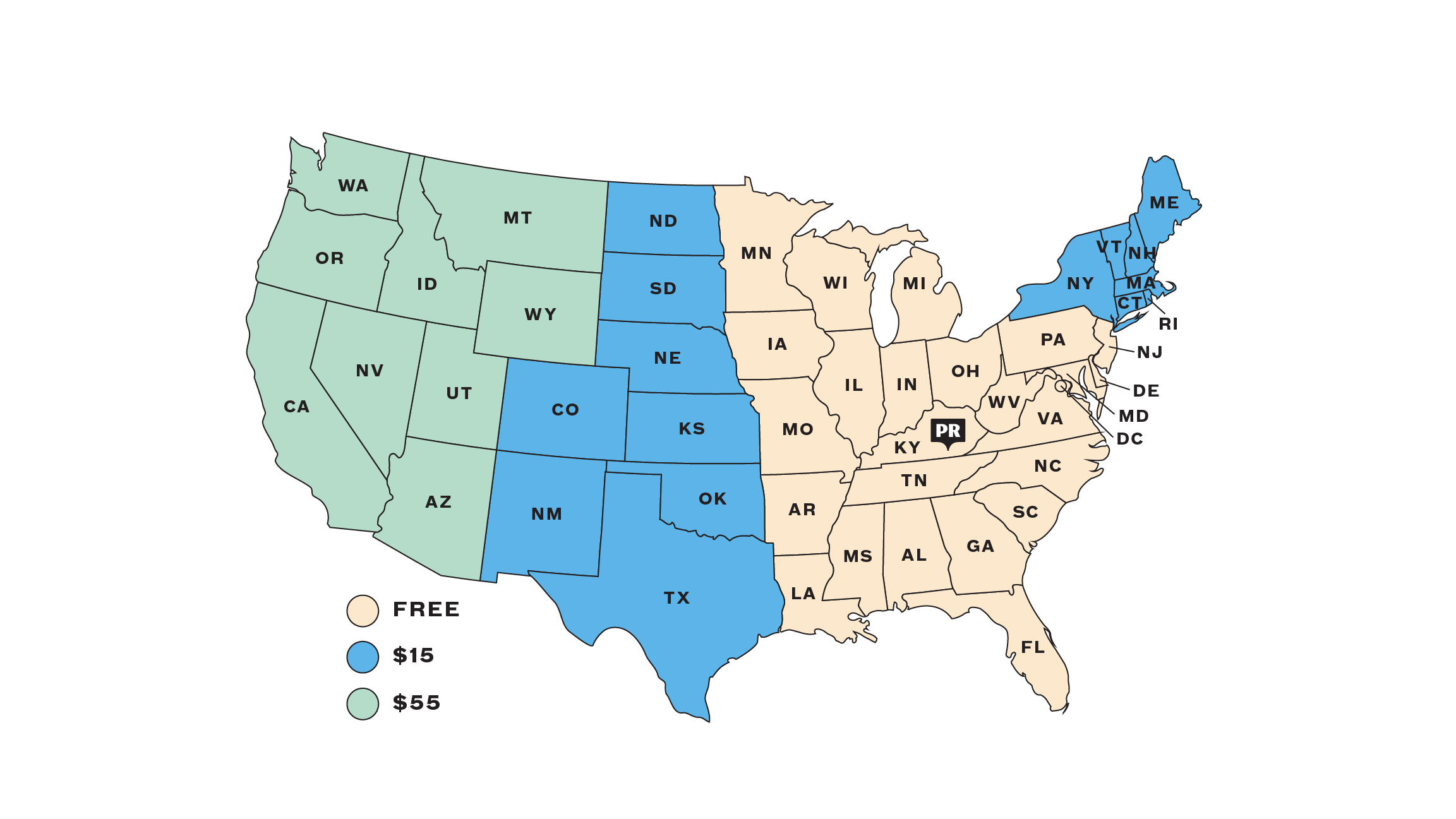Nate Allen is our favorite kind of chef — creative, energetic, and filled with contagious joy whenever he gets in the kitchen, or in front of a fire. His deep respect for conscientious agriculture not only shows in his thoughtful sourcing (often from his own yard), but in his beautiful dishes, using every ingredient to its full potential. Each meal Chef Nate creates is permeated with history — of the local region, old culinary traditions, and of his own dining experiences.
After attending culinary school, Nate lived in many places and worked in many kitchens, before opening the James Beard Award nominated restaurant Knife & Fork, in Spruce Pine, North Carolina. At Knife & Fork, Nate sourced all ingredients from within 45 miles — a testament to his dedication to supporting local agriculture and community. He currently resides in Florida, surrounded by an abundance of fresh ingredients that make their way into almost everything he creates.

Growing up in the southeast made barbecue culturally significant to me. My geography led me to believe that there was only one variety; barbecue was smoky, slow pit-roasted, whole hog in spiced vinegar sauce. I didn’t realize that many cultures have their own barbecue. It all boils down to open fire and meat, the rest is just subtext. My passion is this romantic relationship between fire and meat. What the fire is made from and how it is housed are the two main variables involved. These variables depend on geography, making barbecue taste different everywhere you go. Most people believe that their regionally specific barbecue is the best. There is no point in arguing. What are my thoughts? I love it all.
I have enjoyed roasted and shaved tri-tip since before I knew where it came from on the cow. Then I lived in California for the better part of a decade, and I discovered Santa Maria style barbecue. Perfection in simplicity. Tri-tip rubbed with salt and pepper, and cooked on adjustable grates over oak fire until medium rare, served with salsa and grilled bread.
The history and geography of California’s central coast were on my mind as I stared down at the triangle of beef that I wanted to prepare for lunch. I wanted the meat to be simple and pure, but seasoned and smoked with a bit more than the classic salt and pepper. I started with that as a base to which I added lavender flowers, fresh thyme, and rosemary. I have a small fig tree that was dropping its leaves after a cool evening so I pressed them onto the tri-tip, and let it sit at room temperature while I built the fire with oak and pecan wood. After thirty minutes the fire had established a bed of coals and the grates were hot. I placed the meat on the grill about five inches to the side of the fire’s edge, and surrounded it with more sprigs of rosemary and fig leaves which began to envelop the meat with fragrant smoke. Every ten minutes I rotated or flipped the meat, arranging it to allow even, radiant, indirect heat. This gives a lovely browned and slightly crunchy exterior to the cut. After forty minutes I removed the meat to rest on a cutting board for ten minutes before slicing as thin as possible against the grain, starting at the thinnest point.

The flavor and aroma of the perfect medium-rare beef required no accompaniment. If you're entertaining and put out a platter of this, it will disappear before anyone can think of whether or not it wanted sauce.










